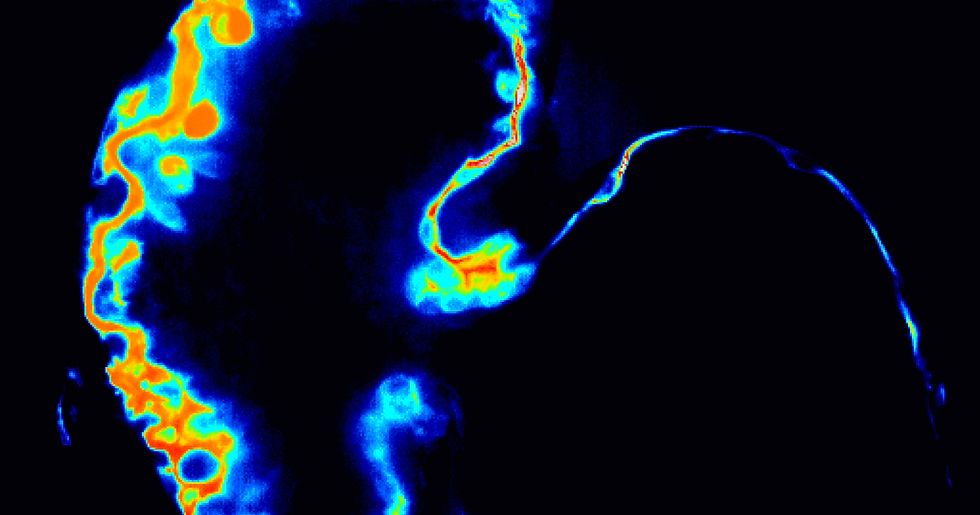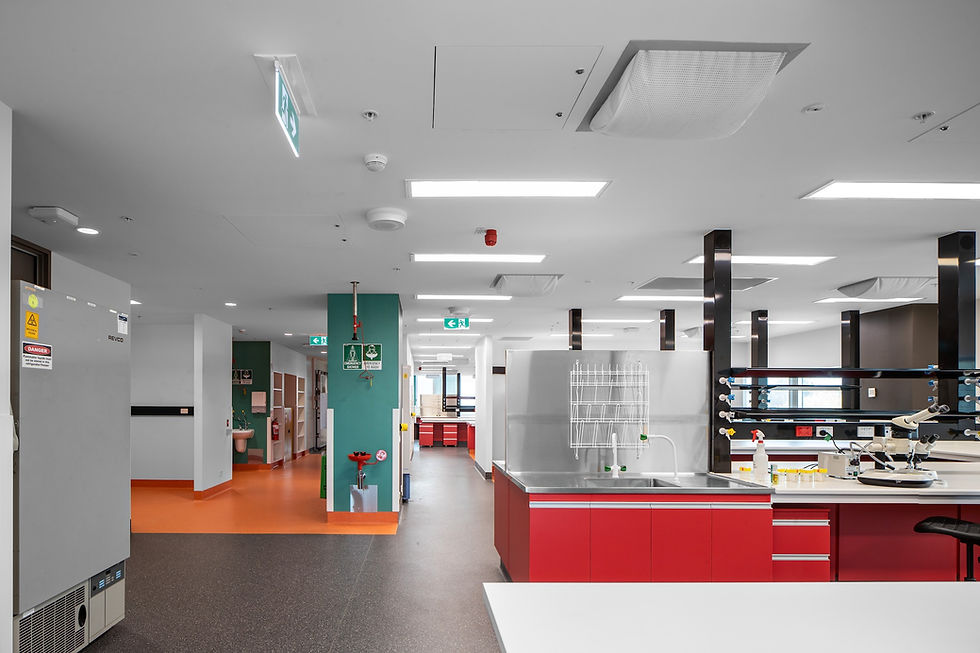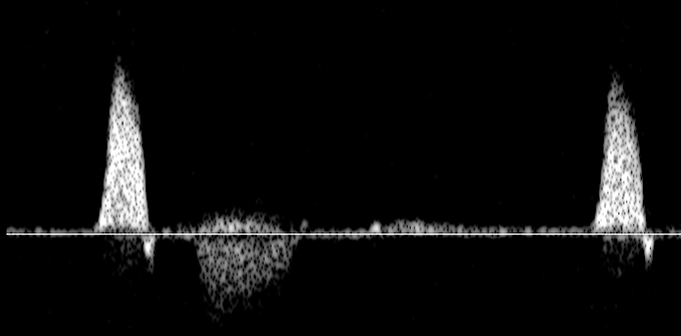Our Research
The Chow group is interested in the study of heart valve development, disease, and regeneration.
The lab develops novel micromanipulation methods to perturb mechanical forces in the zebrafish heart and combines these methods with computational modelling, live imaging, and genetics to uncover the role of mechanical signals caused by heartbeat and blood flow on heart valve biology.
Our three main research themes are highlighted below.

Heart valve development
Investigating the formation heart valves, the group aims to understand how heart valve birth defects arise.
Fundamental science: The heart starts as a simple tube. During development, it morphs into its complex form, with intricately shaped heart valves preventing the backward flow of blood between cardiac chambers. What are the cellular and biomechanical mechanisms underlying this process?

Heart valve disease progression
Our lab aims to develop new drugs to treat valve stenosis, the most common type of heart disease.
Disease modelling: Currently, there are no pharmacological treatments for valve stenosis and patients with severe stenosis must surgically replace their diseased valve with a prosthetic. Current prosthetic valves have problems with durability or require patients to take lifelong anticoagulant medication. We are developing a zebrafish model of valve stenosis to study the mechanisms underlying disease progression, which will inform the development of new therapies.

Heart valve regeneration
Unlike zebrafish, the human heart has little capacity to repair itself. What secrets can we learn from studying zebrafish heart valve regeneration that could help us unlock the regenerative potential in human heart valves?
Cell based therapies: Focusing on endothelial progenitor cells, the group explores their potential in developing cell-based treatments for promoting valve tissue regeneration.
